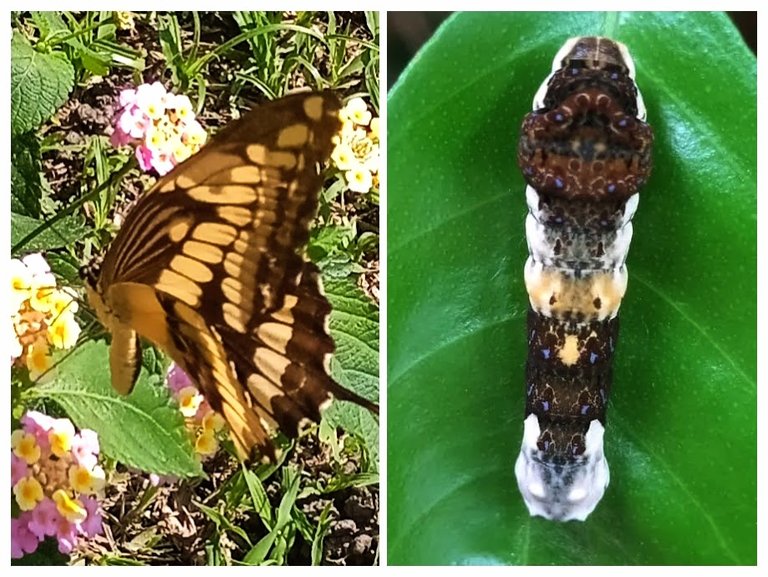
On one occasion I spoke about the butterfly papilio cresphontes and they told me that it would be good if I could also get a photo of its caterpillar.
I responded that as soon as I had the opportunity I would do it, although I was not sure I would achieve it.
After several months had passed, @darioreuben found something strange on the leaf of a lemon plant, photographed it and sent me the images via WhatsApp.
When I requested its name from the identification application, I was greatly surprised that it was precisely a Papilio cresphontes caterpillar.
En una oportunidad hablé sobre la mariposa Papilio cresphontes y me manifestaron que sería bueno si lograra también una foto de su oruga .
Yo respondí que apenas tuviera oportunidad lo haría, aunque no estaba segura de lograrlo.
Después de haber pasado varios meses, @darioreuben encontró algo extraño sobre la hoja de una planta de limón, lo fotografió y me envió las imágenes vía WhatsApp.
Cuando solicite su nombre a la aplicación de identificación me lleve la gran sorpresa de que se trataba precisamente de una oruga de Papilio cresphontes.
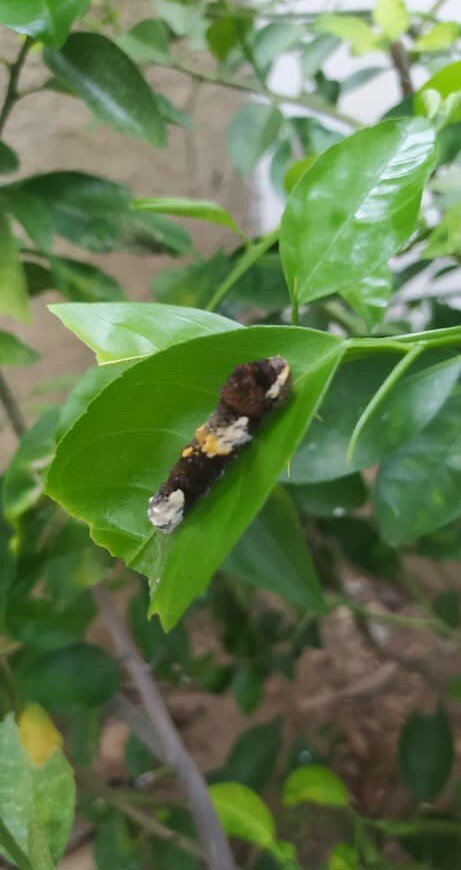
Its caterpillar imitates the colors of bird feces to avoid being eaten by them and has structures called osmeteria, similar to horns, which they display using when they are in danger and with which they give off an unpleasant odor to their predators.
Su oruga imita los colores de las heces de las aves para evitar ser comidas por ellas y poseen unas estructuras llamadas osmeterios, parecidos a cuernos, que exhiben cuando están en peligro y con el que despiden un olor desagradable a sus depredadores.
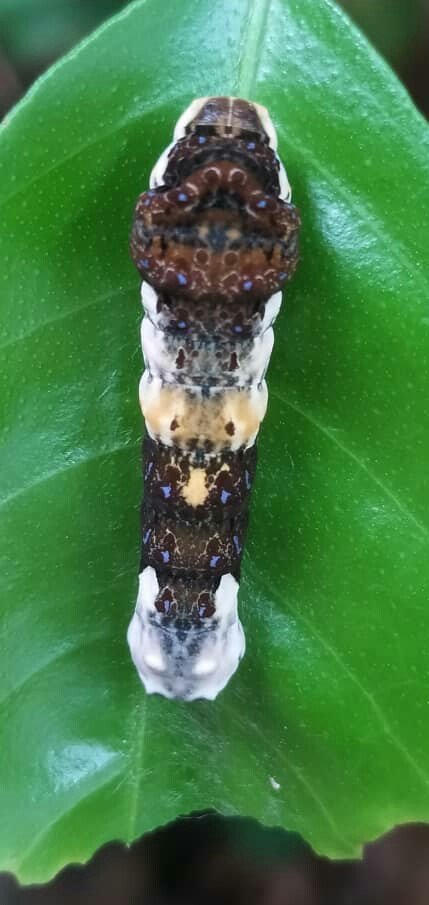
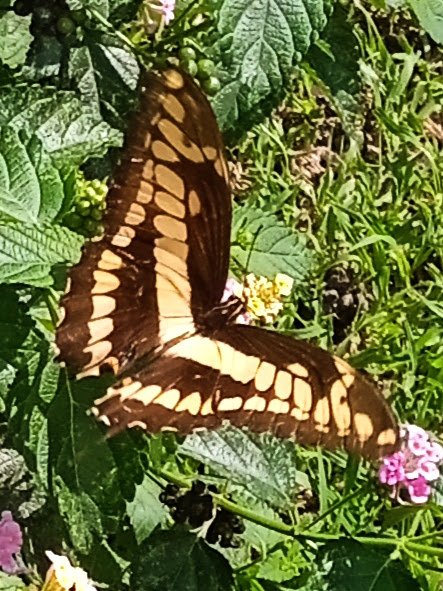
As adults they feed on nectar from flowers and in the larval stage on leaves of different plants, including those of the Rutaceae (citrus) family, for which they can become pests by invading crops.
Como adultos alimentan de néctar de flores y en estadio de larva de hojas de diferentes plantas, entre ellas las de la familia de las rutaceae (cítricos), para las que pueden convertirse en plagas al invadir sembradíos.
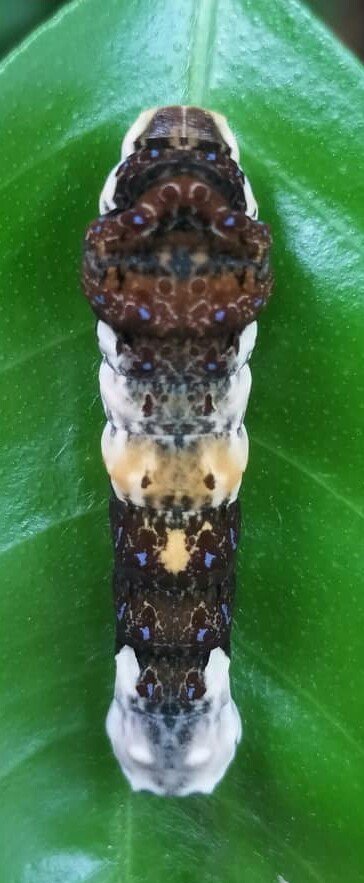
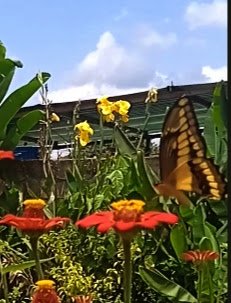
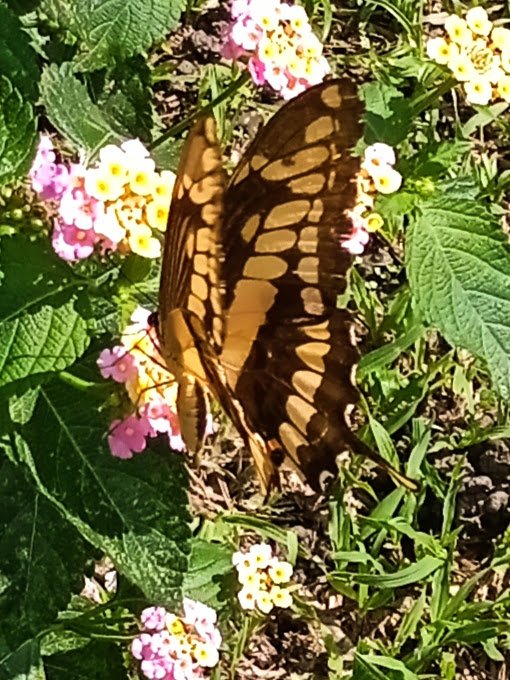
The population of some species of butterflies of the papilionidae family is in danger of extinction.
La población de algunas especies de mariposas de la familia papilionidae se encuentra en peligro de extinción.
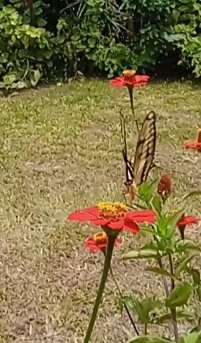
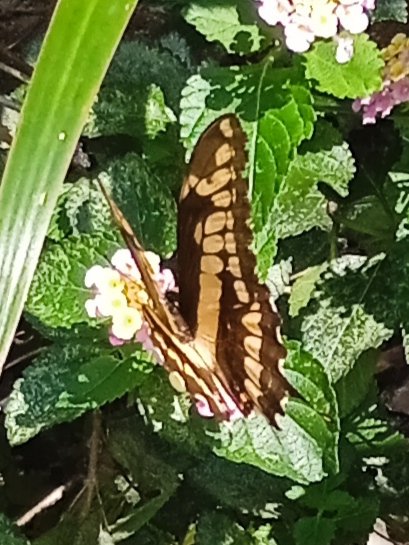
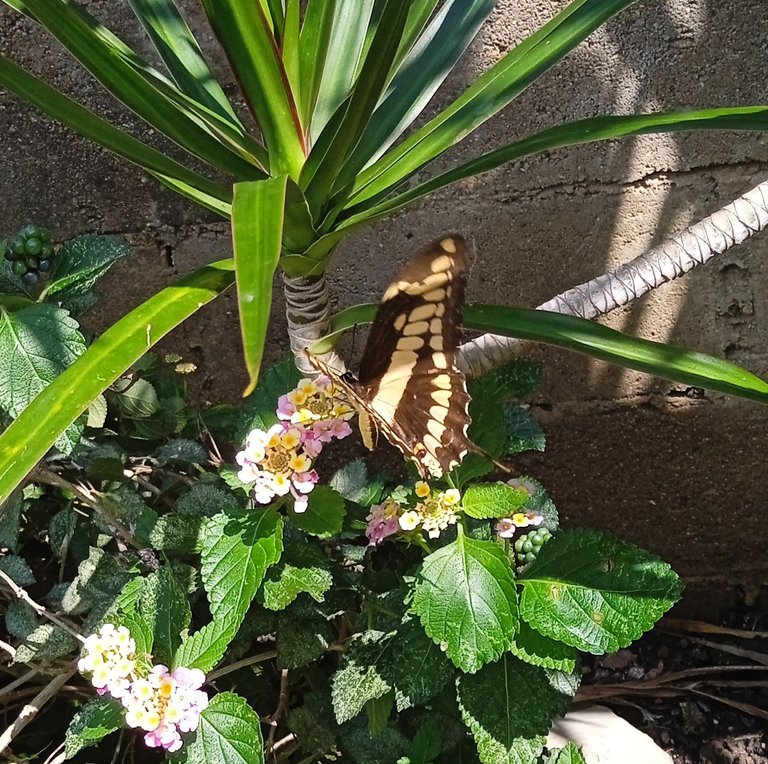
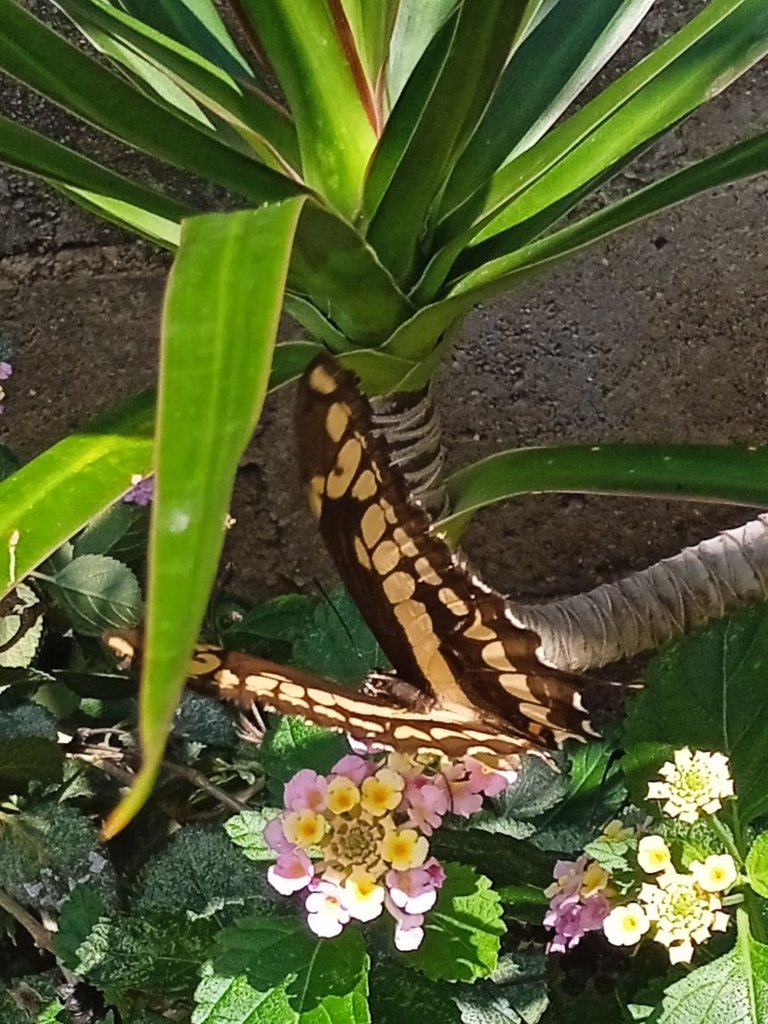

Imagen hecha con Canva y Paint.
Translated with / Traducido con: Google translator.
Dividers / Separadores
References / Referencias:
https://es.m.wikipedia.org/wiki/Papilionidae
https://es.m.wikipedia.org/wiki/Papilio_cresphontes
https://bugguide.net/node/view/3253/bgimage
I'm glad you were able to get a picture of the butterfly you wanted. It looks to be a pretty decent size. It's impressive how nature has it's instinctive intelligence. They idea of it imitating it's predictors poop to disguise itself. Even the simple fact that it can do it. !LUV the post. It deserves a !BEER
Thank you @dreamingirwin! Yes, it is fascinating to be able to observe how some creatures have evolved for their survival.
Blessings to all.